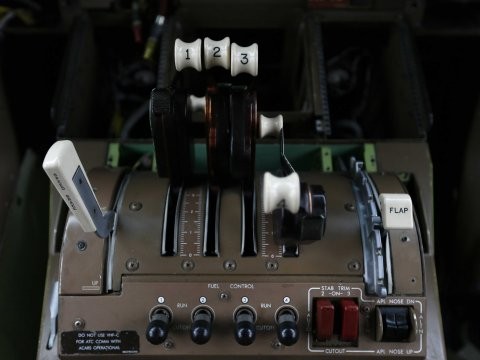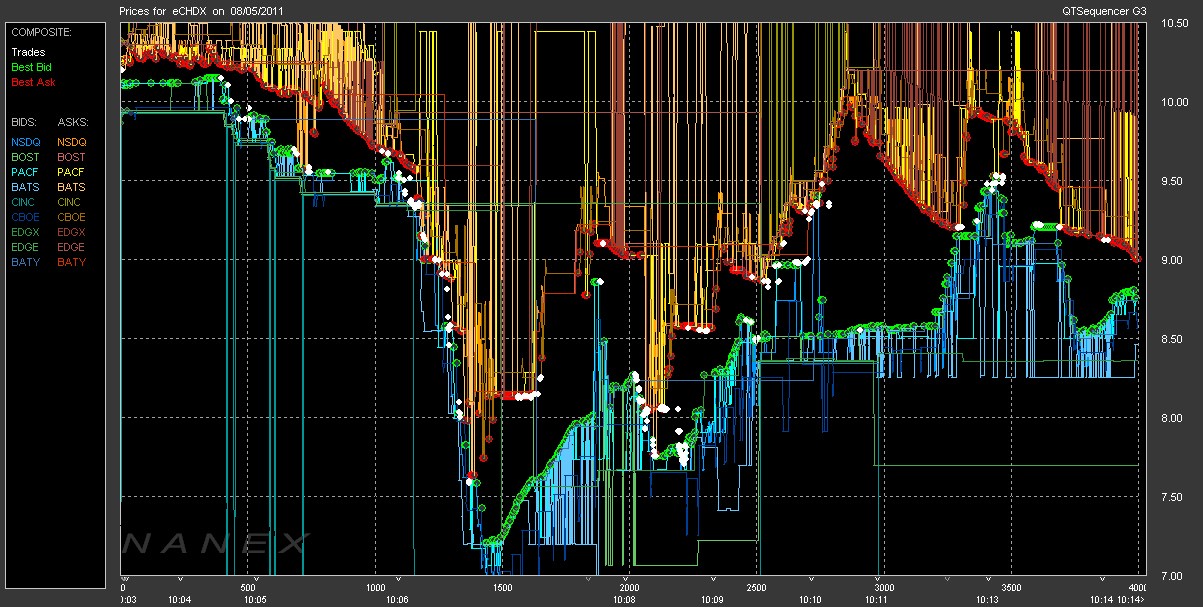Stock Buyback ETF (PKW) Under The Microscope
Post on: 14 Апрель, 2015 No Comment

by Eric Dutram on February 16, 2010 | ETFs Mentioned: PKW
Most ETF assets are allocated to funds that follow well-known benchmarks such as the S&P 500 or the NASDAQ, but an increasing number use complex strategies or follow relatively obscure indexes. Several of the funds in the Quantitative Methodology ETFdb Category use quantitative indexing strategies that are relatively unknown to most investors. Since the strategies of these funds may not be immediately clear, we put some them under the microscope to get a better idea of the risk and return profiles offered.
One particularly interesting ETF is the PowerShares Buyback Achievers Portfolio Fund (PKW ), which seeks to track an index of companies that have recently bought back significant portions of the company stock. Stock buybacks are often controversial since some investors would prefer excess capital to be paid out in dividends or reinvested in the company. However, some investors believe that buybacks can help boost share prices if done at the right time. The general theory is that if a company is buying back stock, management must think that shares are undervalued, sending a signal to the market that the shares are too heavily discounted. Buybacks can also improve financial ratios. helping to improve ROE and ROA while lowering the P/E ratio. Moreover, many companies also have generous stock option plans that are offered to employees, so a buyback can help to reverse the effects of employee stock option dilution.
The PowerShares Buyback Achiever Portfolio is based on the Share BuyBack Achievers Index, which consists of U.S. companies that have repurchased at least 5% or more of outstanding shares during the trailing 12 months. Currently, PKW holds 92 securities spread across large caps (40%), mid caps (38%) and small caps (22%). Some of PKWs top holdings include firms such as DIRECTV, Raytheon, Travelers, Exxon Mobil, and Philip Morris International, all of which make up at least 5% of total assets.
Return and Fees
According to the issuer website, the Share Buyback Achievers Index has outperformed both the Russell 3000 Value Index and the S&P 500 Index both over the past year and the past three years as well. The Share Buyback Index has gained 32.3% over the past year compared to a 19.8% gain for the Russell 3000 Value index and a 26.5% gain for the S&P 500. So far in 2010, PKW is down about 1.5%.The fund charges an expense ratio of 0.60%, setting an annual outperformance threshold of about 50 basis points relative to the S&P 500 and 35 basis points relative to the Russell 3000 Value Index.

For a more in depth discussion of the effects of stock buybacks on firms, see this article from investopedia or this one from the Motley Fool. For more looks at complex ETFs under the microscope sign up for our free ETF newsletter .
Disclosure: No positions at time of writing.














